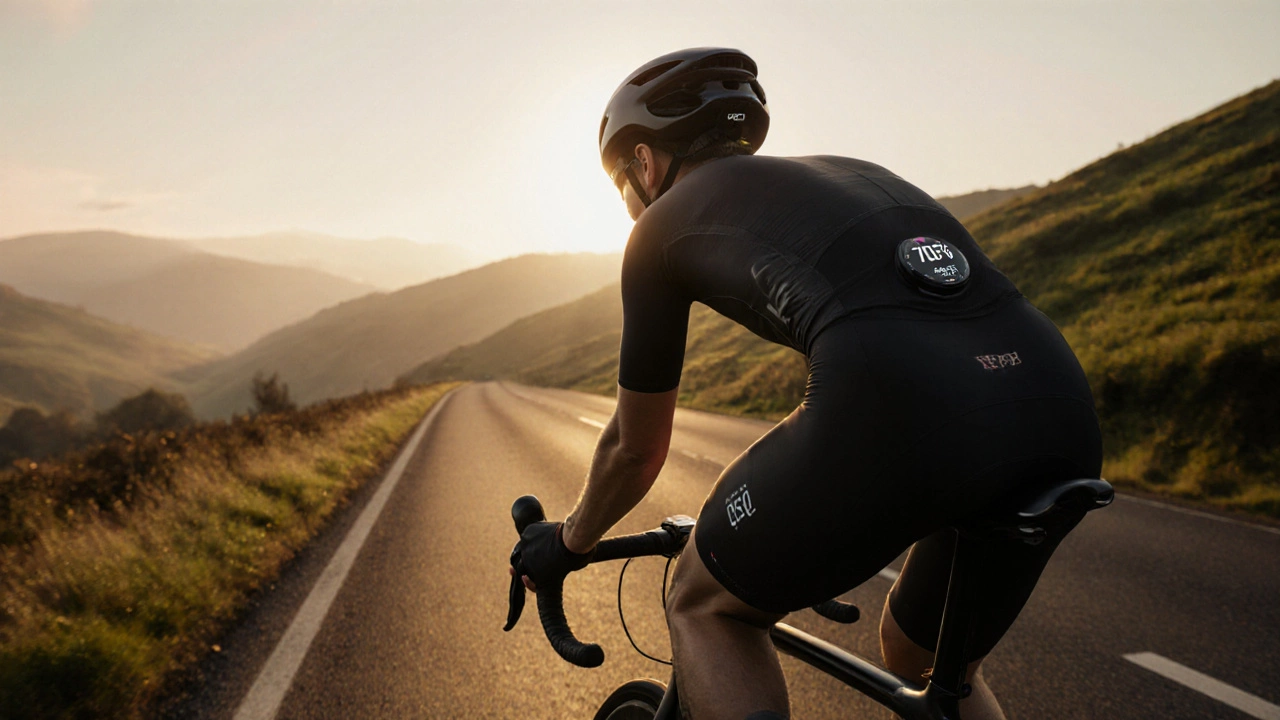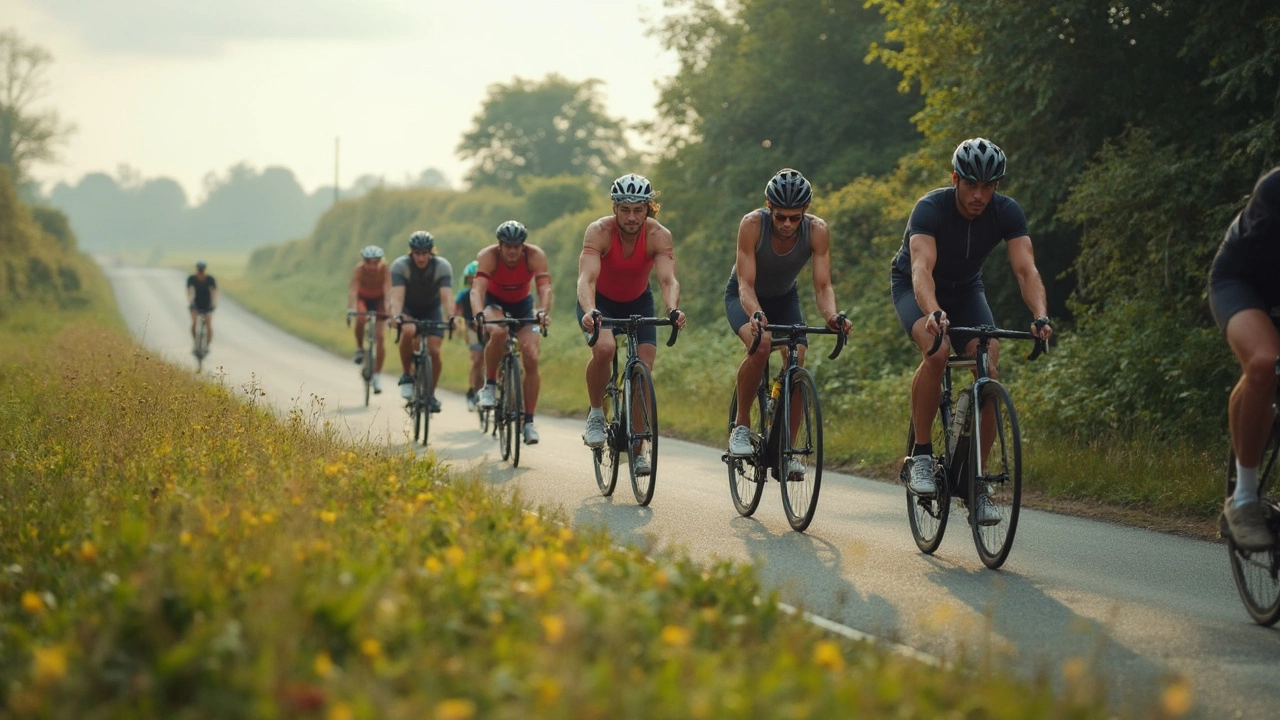Cycling: Routes, Training, and How It Shapes Your Body
When you hop on a bike, you're not just moving from point A to point B—you're engaging with a whole system of cycling, a physical activity that combines endurance, technique, and strategy, often used for fitness, commuting, and competitive sport. Also known as biking, it's one of the most accessible ways to build stamina, burn fat, and strengthen your legs without pounding your joints. Whether you're riding through city streets or tackling mountain trails, cycling shapes your body in ways you might not expect. Unlike running, it’s low-impact, which means you can ride longer and harder without the same wear and tear. But it doesn’t just slim you down—it builds lean muscle in your quads, glutes, and calves, while also improving core stability and posture over time.
Planning your rides isn’t just about picking a path. It’s about using the right tools. Google Maps cycling, a feature designed to route cyclists along safer, quieter roads, though it often oversimplifies terrain and rider ability. Also known as bike mode, it’s handy for quick commutes but falls short when you need elevation data, surface conditions, or trail access. That’s why so many riders turn to alternatives like Komoot or RideWithGPS. And if you’ve ever noticed Google Maps assuming you ride at 16 km/h, you’re not imagining it—that’s their default speed, and it can throw off your entire plan if you’re training for speed or tackling hills. Then there’s the 75 rule in cycling, a training principle that says 75% of your weekly miles should be done at an easy pace to build endurance without burning out. Also known as the 75/25 rule, it’s a simple but powerful way to avoid overtraining and actually get faster over time. Combine that with knowing your cycling routes—like the EuroVelo network or Hadrian’s Wall Path—and you’ve got a solid foundation for progress.
What you’ll find below isn’t just a list of articles. It’s a practical toolkit. You’ll learn how to decode your body’s response to riding, why some routes are better than others for building strength, how to fix Google Maps when it gets you lost, and how to train smarter using real numbers—not guesswork. Whether you’re riding for fun, fitness, or competition, these posts cut through the noise and give you what actually works.
7 Major Cycling Routes Every Rider Should Know
Discover the 7 major cycling routes, from EuroVelo River Route to Hadrian's Wall, with distances, difficulty, highlights and planning tips for every rider.
Google Maps for Cycling: Is It Good? Pros, Cons & Alternatives
Explore whether Google Maps is a solid bike navigation tool, its strengths, limits, and top alternatives for commuters and adventure cyclists.
75 Rule in Cycling Explained - What It Is and How to Use It
Learn the 75 rule in cycling, why it matters, how to calculate it using FTP, and practical steps to balance easy and hard rides for better performance.
Cycling Body: What Kind of Shape Does Riding Really Build?
Curious about how cycling shapes your body? This article explains the real effects of cycling on muscle tone, fat loss, and overall physique. Find out what to expect from different types of cycling and how it compares to other sports. Get tips for making the most of your rides, whether you hit hilly routes or flat city paths. No confusion, just straight facts about cycling’s impact on your body.
Cycling Speeds on Google Maps: How Fast Are You Really Going?
Ever wondered what speed Google Maps assumes when calculating cycling routes? The answer is more important than you might think, whether you're planning a scenic ride or trying to beat the morning traffic. Google Maps typically assumes a speed of around 16 km/h (about 10 mph) for cyclists. This article delves into the factors affecting cycling speeds on Google Maps and offers tips on optimizing your route.
How to Use Google Maps for Bike Routes
Discover how to effectively use Google Maps for planning bike routes. Learn how to find the most efficient paths, avoid busy roads, and explore new biking adventures. Get tips for customizing your bike journey, using offline maps, and making sure you're prepared for anything the road might throw your way.
Why Google Maps Is Missing the Bicycle Option
In an era when cycling is being increasingly favored as a sustainable mode of transportation, the absence of a bicycle option in Google Maps raises questions and frustrations among cyclists. While the app excels in providing detailed directions for cars and pedestrians, the lack of tailored routes for cyclists can be attributed to several factors including data complexity and diverse cycling preferences. This article explores the rationale behind this oversight and provides alternative solutions for cyclists seeking reliable navigation. Delve into the world of digital cycling maps, understand the challenges, and discover tools that can enhance your biking adventures.











